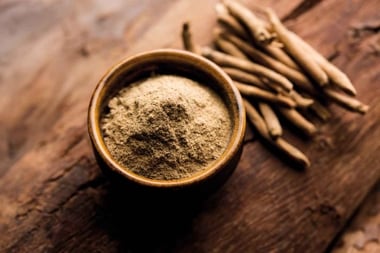Know Your Snow
Do you remember counting how many snowflakes you could catch on your tongue when you were a child? Maybe you play the same game with your own children, only now you might wonder if allowing those puffy white flakes to melt in your children's mouths is a good idea
Do you remember counting how many snowflakes you could catch on your tongue when you were a child? Maybe you play the same game with your own children, only now you might wonder if allowing those puffy white flakes to melt in your children's mouths is a good idea.
Every spring, remote areas in northern Saskatchewan experience higher than normal proportions of toxins in rivers, streams, and soil due to melting snow. And the toxins don't even have to be native to that area.
Agricultural pesticides like gamma-hexachlorocyclohexane, usually found in the southern States and Mexico, make their way through the atmosphere as microscopic dust particles that form the actual core of snowflakes. Water molecules stick to the dust particles and form crystals as they are bounced a around by wind and cool temperatures. Frank Wania, an associate professor at the University of Toronto, says that environmental contaminants like PCBs can travel from India to the arctic in only five days.
Are the days of building snowmen and making snow angels over? Not necessarily. Catching a few snowflakes on your tongue to see how they taste is pretty harmless. Just stay away from yellow snow!




